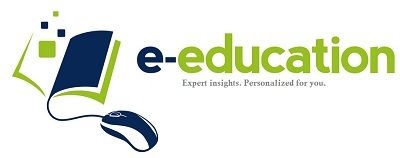Experiential learning approaches such as project-based learning are critical for student engagement and effective learning. This article will discuss why the approach is so popular, highlighting its amazing benefits for students.
What is project-based learning?
Project-based learning (PBL) is an instructional strategy where students apply their knowledge and skills to real-world problems or challenges.
This form of learning is important because it provides students with valuable experiences to draw upon in their future lives. It also helps individuals work collaboratively with others and solve problems using critical thinking skills.
PBL differs from traditional teaching methods because it gives students control over learning and solving the project’s challenges.
1. PBL builds self-esteem and confidence
There are many benefits to using project-based learning in the classroom. One of the most notable benefits is that it builds self-confidence and self-esteem in students.
In this type of learning, students have the opportunity to take on a task that they will be responsible for from start to finish, and they have control over what they do and how it turns out. This gives them a sense of accomplishment when they see their work come together in a final product.
2. PBL prepares students for the working world
Since project-based learning is all about solving real-world problems and hands-on challenges, it’s a fantastic way to prepare students for the working world.
Through PBL, students will develop essential employability skills such as:
- Teamwork and collaboration: Students learn how to work with others, share ideas, and collaborate on projects. They’ll also learn to communicate effectively to reach a common goal.
- Problem-solving: Students develop analytical skills by working through challenges they encounter during their projects.
- Critical thinking: Through PBL, educators can encourage students to think deliberately and carefully, modelling and reflecting upon their thought processes.
Employers deeply value these skills and will give every student a fantastic headstart as they pursue their careers.
3. PBL embraces all learning styles
Project-based learning is also an effective alternative to traditional education because it embraces students’ unique learning styles. David Kolb, the developer of the experiential learning cycle, identified the different learning styles in his model published in 1984.
These learning styles are:
- Diverging (students learn by feeling and watching)
- Assimilating (students learn by watching and thinking)
- Converging (students learn by doing and thinking)
- Accommodating (students learn by doing and feeling)
Most students will benefit from one or a combination of these learning styles. Since the project-based learning model encourages students to guide their learning journeys, it’s possible to build projects around each student’s unique learning style.
In this way, students are more likely to absorb and retain the information they learn while genuinely understanding and enjoying the content. For example, a student with a converging learning style might choose a technical project, while a student with the assimilating learning style might prefer social or interpersonal tasks.
PBL is for everyone
Project-based learning is a fantastic tool for building students’ core life and work skills, regardless of their existing talents, interests, skills, or background. Students who participate in PBL are more likely to retain the information they’ve learned and genuinely enjoy the learning experience.

